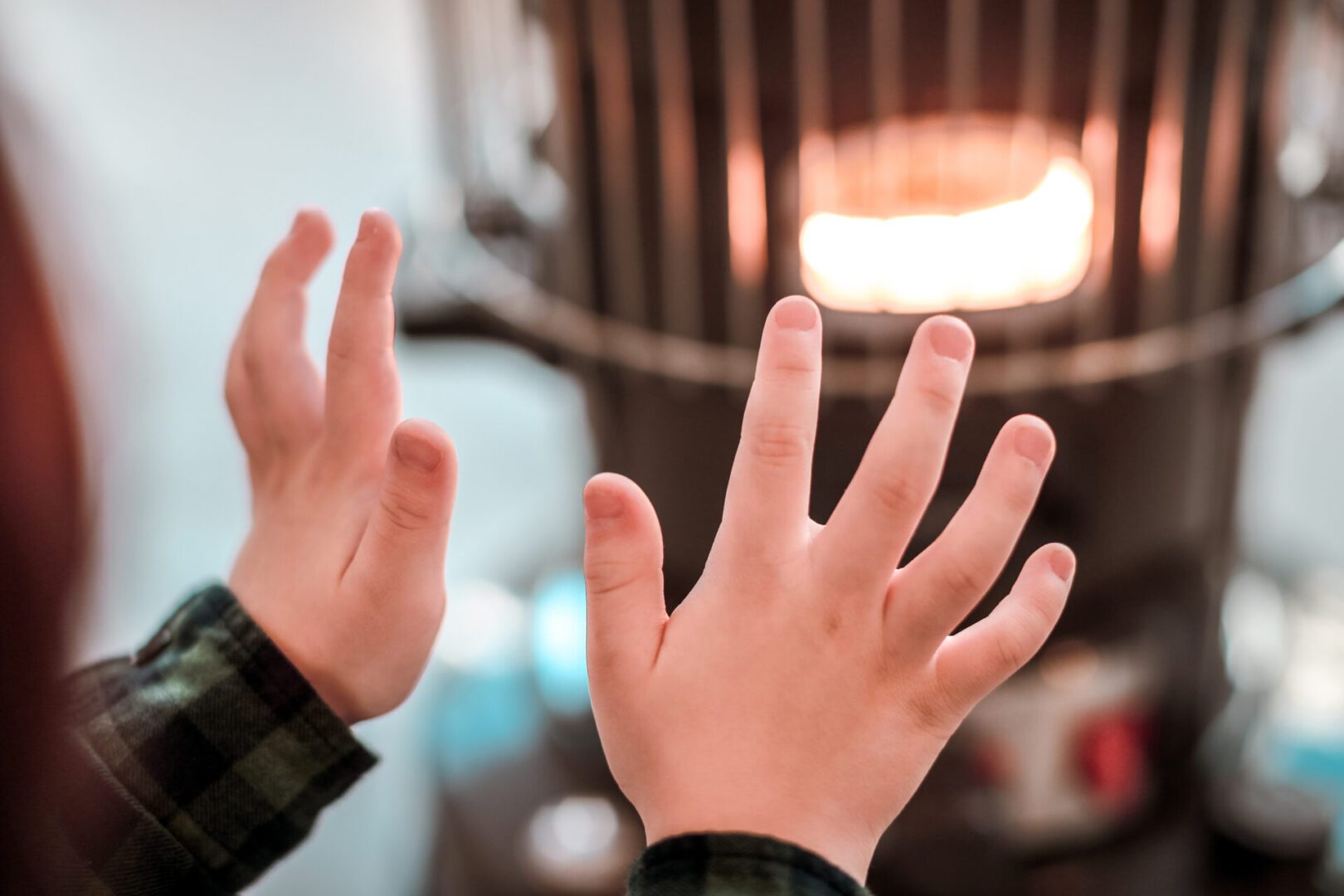Safety Tips for Indoor Kerosene Heaters

As the temperatures drop, you may be looking for cheap ways to heat specific rooms or spaces in your house. Options such as
space heaters or
wood stoves can seem like an easy, low-cost alternative, but they can pose safety risks that electric systems or gas and oil heaters don’t. With
heating equipment being a leading cause of house fires (and space heaters accounting for 81% of those instances), it’s important that you take all safety precautions to keep you and your home heated safely—especially if you’re using a kerosene space heater.
Never use kerosene heaters as a permanent heat source:
First, understand that any portable heater is not recommended for long-term use. Although these machines can heat spaces well for the cost, they are only meant to be short-term or even emergency solutions while you find a more permanent heating system. Be aware, too, of the legal issues surrounding use of kerosene heaters in your area. Contact your municipality to confirm that kerosene heater usage is allowed where you live.Install smoke and CO detectors:
Because of their increased risk of causing fires or carbon monoxide (CO) poisoning, kerosene heaters should only be used indoors for limited periods of time with consistent breaks in between use. You should install CO detectors throughout your house, especially near bedrooms and rooms closest to the heater. They can be purchased from a local hardware store for as little as $10 but can keep you alert if the level of CO in your house becomes dangerous. It’s important to keep your eye on the heater any time it’s turned on or cooling off. Don’t leave the room or fall asleep while the heater is on—it only takes a second for it to get knocked over or malfunction and cause a fire. If your kerosene heater starts a fire, do not attempt to put it out using water or blankets. Instead, manually turn it off if possible and use a fire extinguisher. Call 911 if the fire persists.Keep heaters three feet away from flammables:
Be sure your heater stays at least three feet away from flammable objects, such as drapes or furniture, and sits on a level surface. Take precautions to ensure your pets/children do not get too close to the machine when it is turned on or cooling down. Many machines even have cages built in to protect people from getting too close. Do not attempt to use the heater to dry clothes or heat up food—this creates a serious fire hazard. Only use the heater to heat spaces in your home to keep you and your family warm.Consider safety features:
When purchasing a kerosene heater, these three features are important to look out for:- Automatic shut-off function
- Battery-operated (since this negates the need for matches)
- Underwriters Laboratories (UL) certification